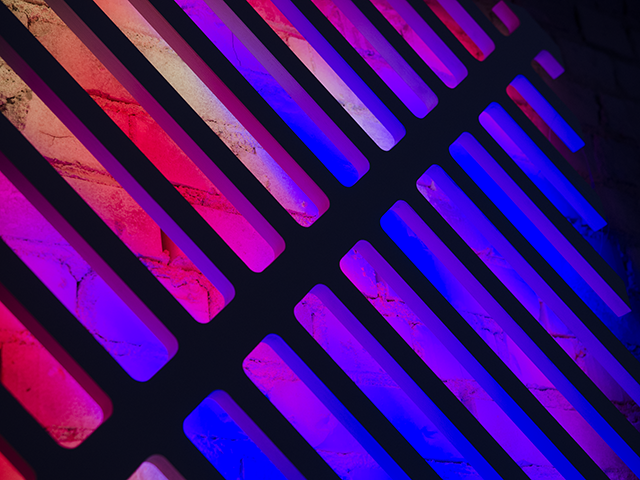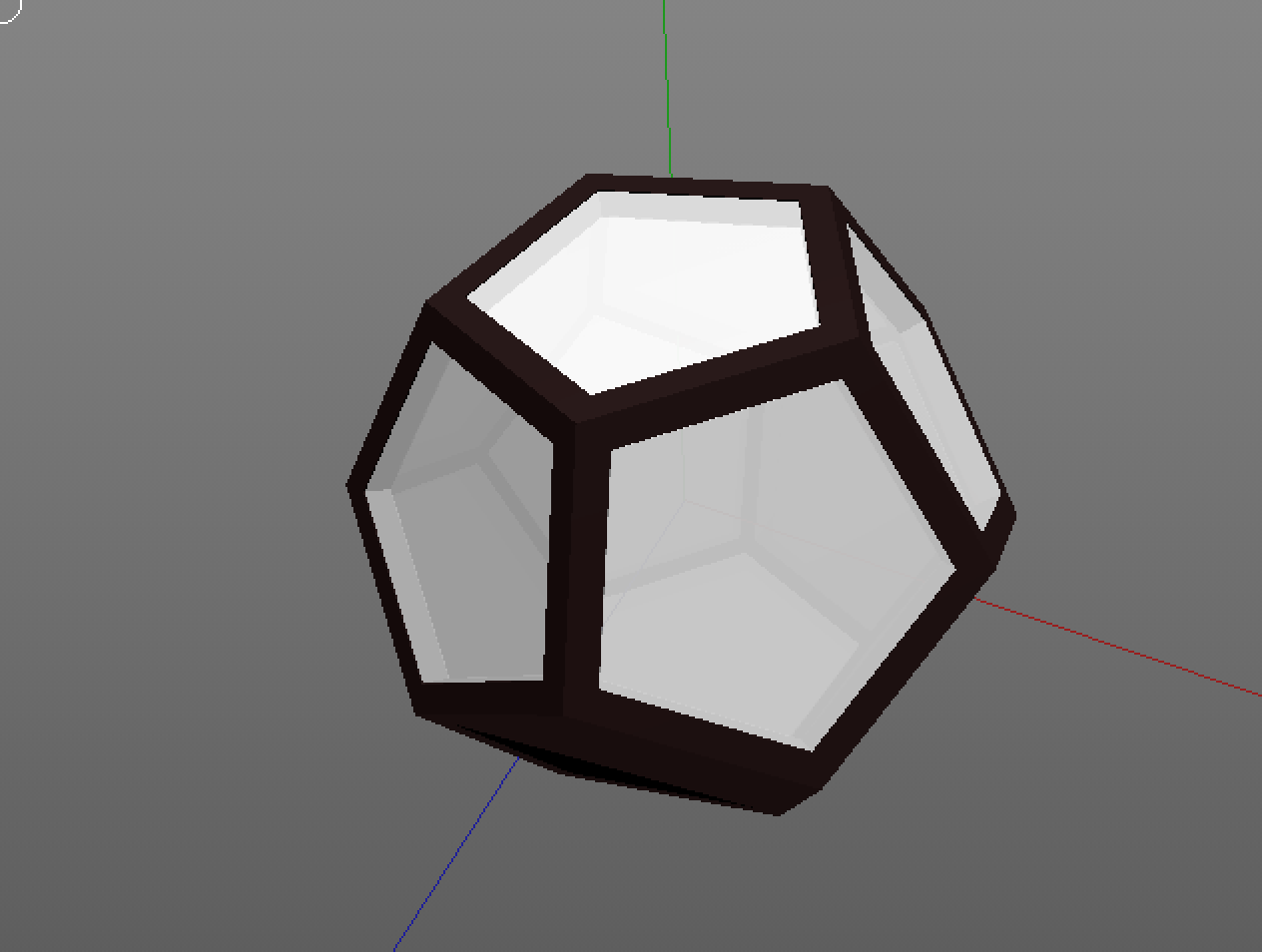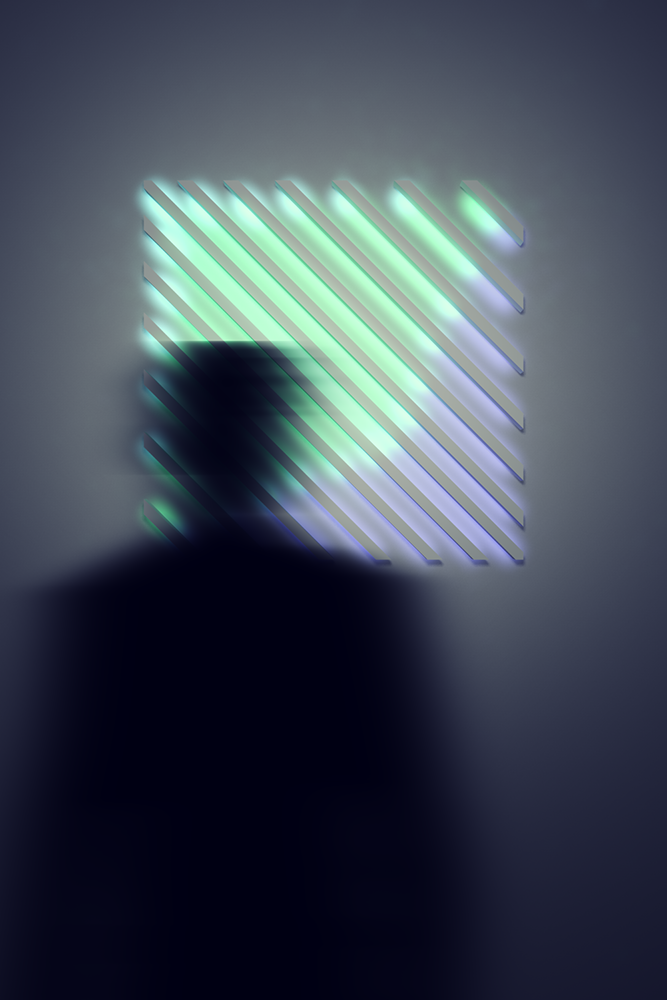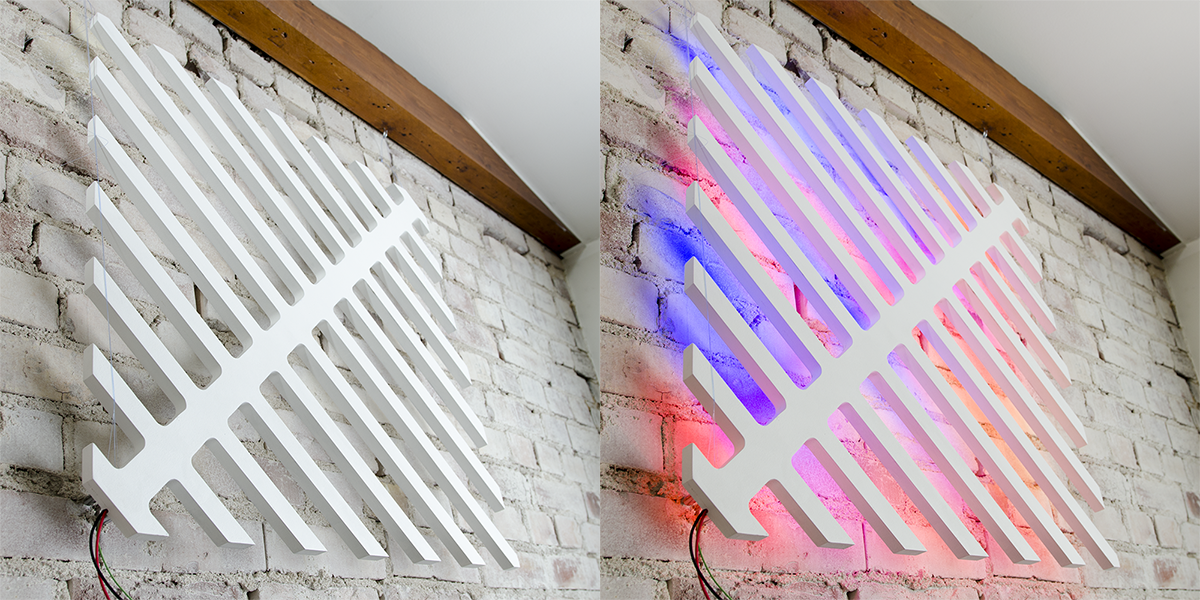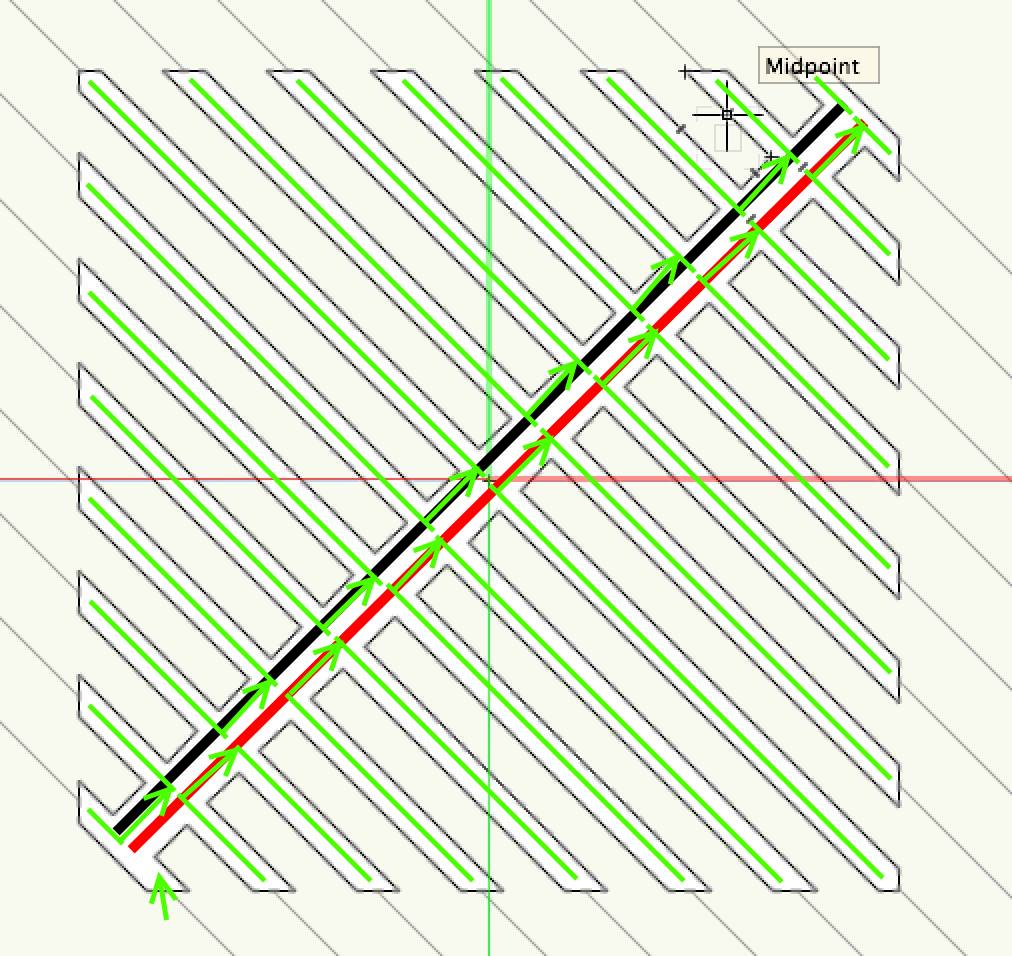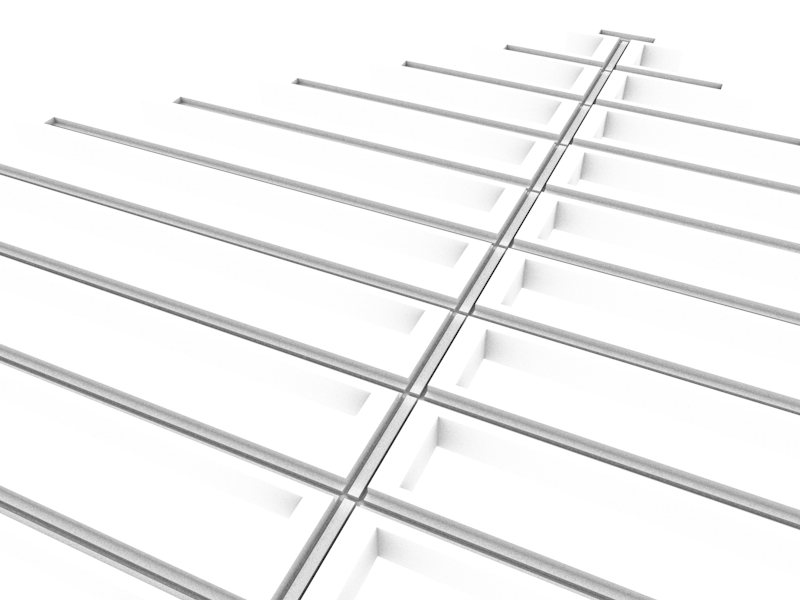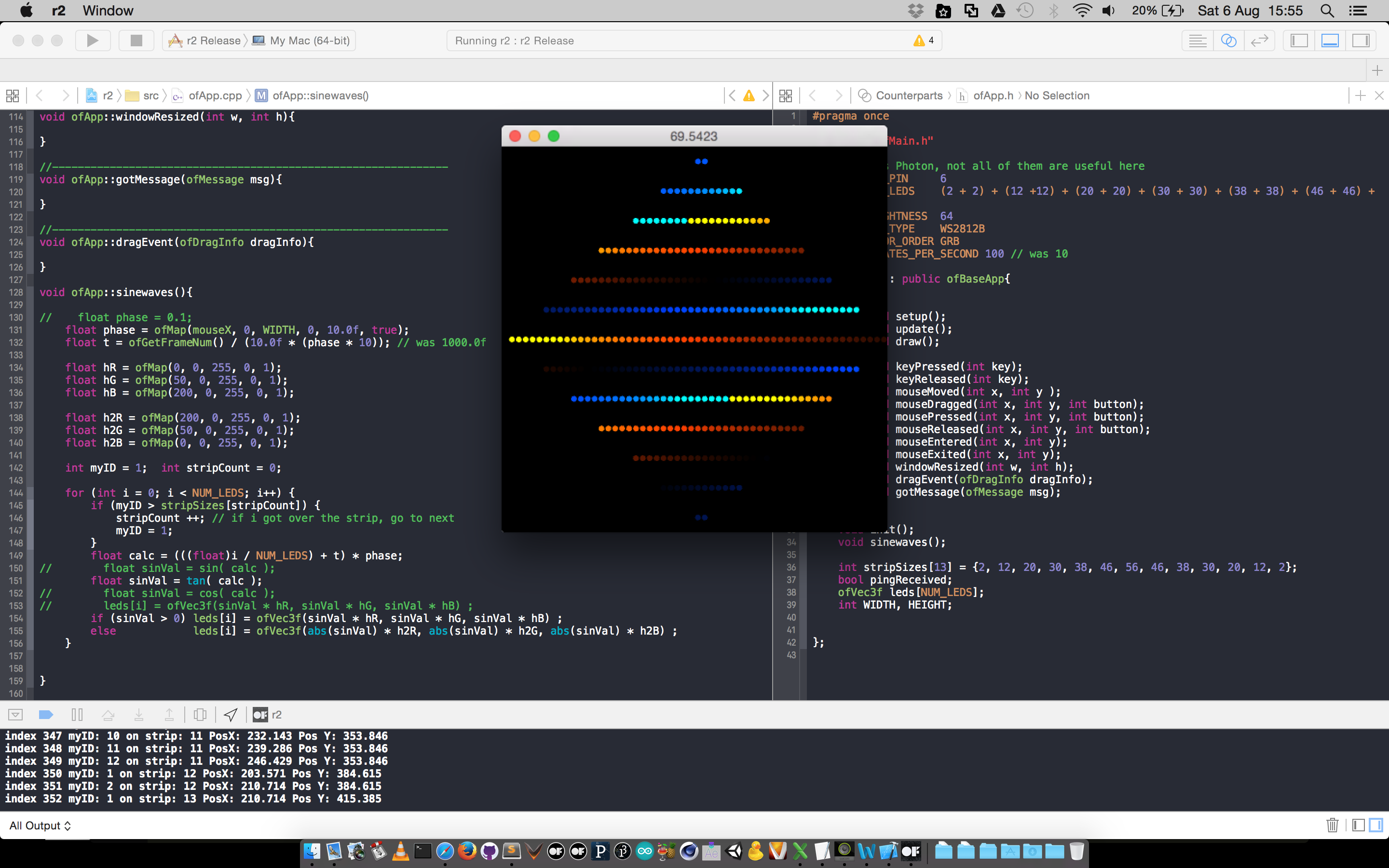Ground
Ground is an emotional lightscape. A reflection on the significance of belonging and on the way we nurture human connections. By focusing on simple tangible interactions it enables the thought of communication around digitality and the emptiness of social networks and mediums, instead with focus on meaning and beauty. Colour and movement patterns evolve like lights turn on in the distant cityscape, a meeting place reminding us that we are connected, grounded.
Biography
Carlos Valente is a visual artist working with light and image, his work concerns with ideas of time, contemplation and emotion through abstract representations. Originally born in Brazil time has taken him to pursue life around the world, by the time of this work he has lived in different cities around Portugal, Spain, England, Oman and Norway. Maybe a pursuit for a better way.
Work Description
The project to be presented is an interactive light art installation reflecting on concepts of time, nomadism and affect. It comes as an effort to create an empathic communication display that could outdo – or even better precede – intellectual in order to create deeper emotional connections in its experiencing.
The Road Here
The presented piece could well be called revision 13 as it comes from a series of work concerned with presentation of time spanning pieces. Firstly Form: a generative landscapes piece; and LED Life: an abstraction of AI into a lightscape. Although these will not be presented at the exhibition space I believe they are important for the consideration of this piece as they leave a trail of thought working up to this piece. Ground is an effort on achieving a work that is true to myself both in medium and in meaning, hence why I felt important to include a small biography in this document.
About the Project
Ground comes in two pieces: a wall mounted lightscape and a small wood and plexi glass sculpture. The lighscape presents slow nuances of ever changing patterns of colour in light driven by a minimal algorithm inspired in fluid simulations. The plexi glass piece (which I have been called the Link) is loaded with an array of LDR sensors, and on detecting ambient changes triggers fluctuations of temperature, colour and movement in the light piece.
Presentation
It became about being true to the artwork. As the project came to the final stands I have been wondering whether or not I should create an instance of the artwork that will exist only for the purpose of being exhibited, allowing for user interaction and speeding up reactions to make clear the effects that it have. I decided against it.
During the concept and planning phases I have guided myself in combating immediacy in communication, it was important that the communication happened at a timeless level, with the interactions having slow and lasting effects. For this reasons the exhibition takes its format, the privilege of interaction is locked away from the observer instead focusing on contemplation and experience of the artwork.
Under the surface
The project is powered by two Particle Photon IoT development boards and app. 420 pixels of light. Ground features also some fancy techniques from CNC design, laser cut and QI wireless power. The main drive from development perspective was to keep the interaction away from the electronics behind.
Link
Link is an art piece on its own, laser cut from walnut wood and acrylic, it features a resin encapsulated battery that supports the Photon and a bunch of LDR sensors. On detecting changes the Photon sends a ping that the triggers an action in the lighting piece. Also exciting about this part was the solution to make it completely wireless, by embedding QI chargers and receivers into the project Link can be used as a display piece without need for cables. Code here
Lighting Control
The lighting control part is incredibly simple due to the vast amount of literature on the subject. The light scape is based on simple liquid simulation algorithms creating very slow ever-changing animations of colour and movement. The interaction from the Link affects the liquid properties such as buoyancy and temperature, however the interactions last several hours and are not meant to provide immediate results. Code here
Challenges (How it was really done)
There were several challenges arising at different phases of the project, designing the shapes for fabrication, wireless and encapsulation solutions, code abstraction and very finicky electronics.
Fabrication
With trying to keep the interaction as far from the components as possible came the need to find warm encasings and solutions for wireless control. The design for the wall piece and the link came from studies on sacred and recursive geometry. It was important that the shapes had a minimalistic look that indicated that it belongs to a bigger arrangement. Both were machine made, with the link being a dodecahedron laser cut from wood and acrylic, and the actual light CNC milled.
The process for the design was taken into Vectorworks (an architecture oriented design suite) and simulations made in openFrameworks. The code itself is quite minimalistic, mostly thought on terms of liquid simulations, the LED arrangement in its own its providing most of the interest in terms of colour mixing and variation.
Wireless solutions
It was important to keep the project wireless, or at least the interactive part of it, the Link. The project was initially thought to be done with Raspberry Pi and finalized with Particles IoT development board Photon. The solutions are described above, however as easy as manufacturers like Particle make their products, adding IoT into the project made it that a lot of the code had to be changed and optimized, with loopholes to keep things working in case of network fail.
Coding
Funny enough this is most likely the least complex project I have done in my time at Goldsmiths and certainly a big simplification from the original LEDLife AI simulation. The code is quite minimalistic influenced by terms and ideas from fluid simulation as buoyancy and fluid temperatures. The code was first written into openframeworks and later on tested in the light piece.
However the coding process proved to be challenging, as it demanded a different mindset on its approach, there was a need to think of local behaviors for individual pixels rather than treating the canvas as a whole, which is the usual approach in my time in creative coding so far. There were several attempts to expand the code that usually ended in destroying the pace of the piece and with it its ability to be experienced as contemplative.
Electronics
As a first step towards Ground came the foam core prototyping of LEDLife (link here), this provided an ideal platform to become aware of limits in voltage drop and signal corruption over the lights, situation that got corrected in the final piece by the addition of resistors and capacitors that normalized the current and avoided spikes. The electronics proved to be especially sensitive even to field specialists; some of the solutions encountered have no real physics foundation, more akin to some sort of electronics black magic.
From here this project is complete, however I can see this concept being extended as to a series format through the medium of light.































































